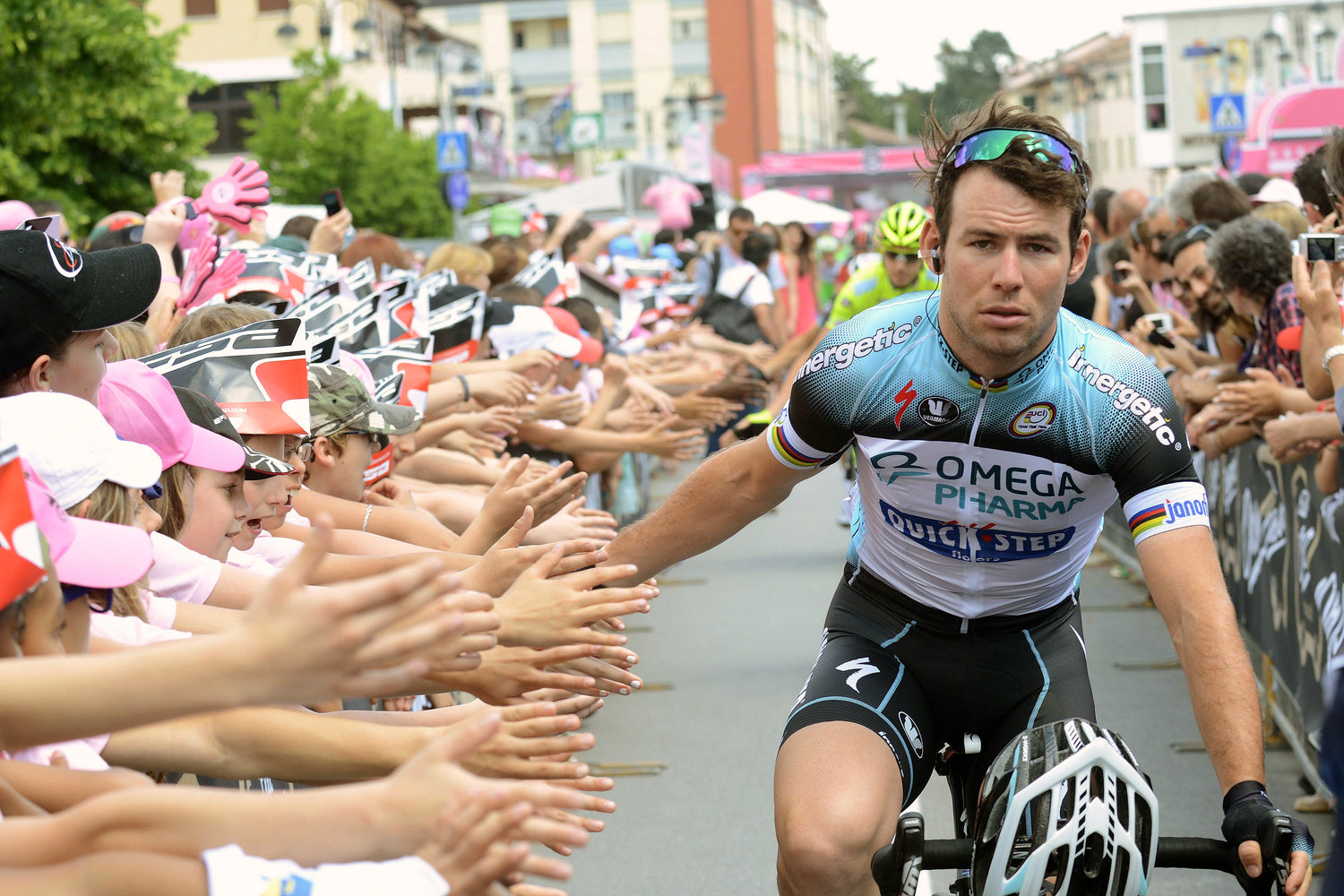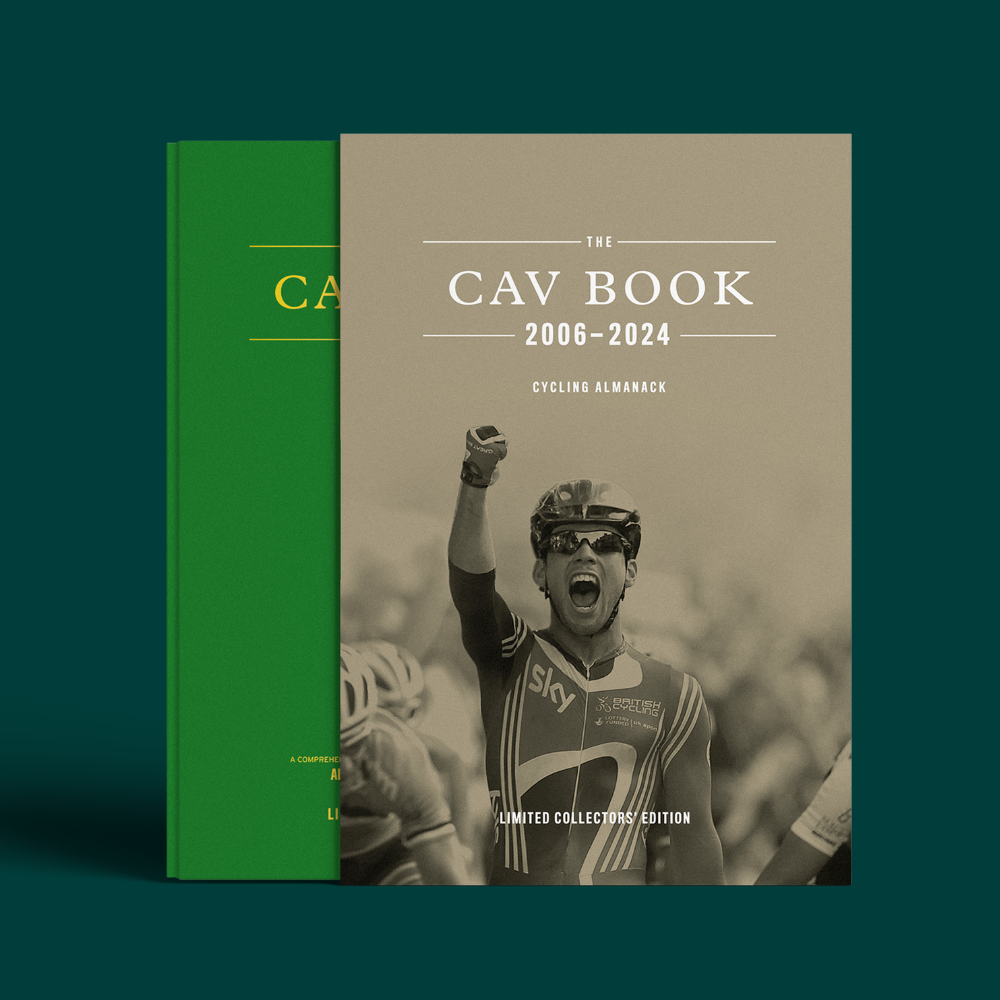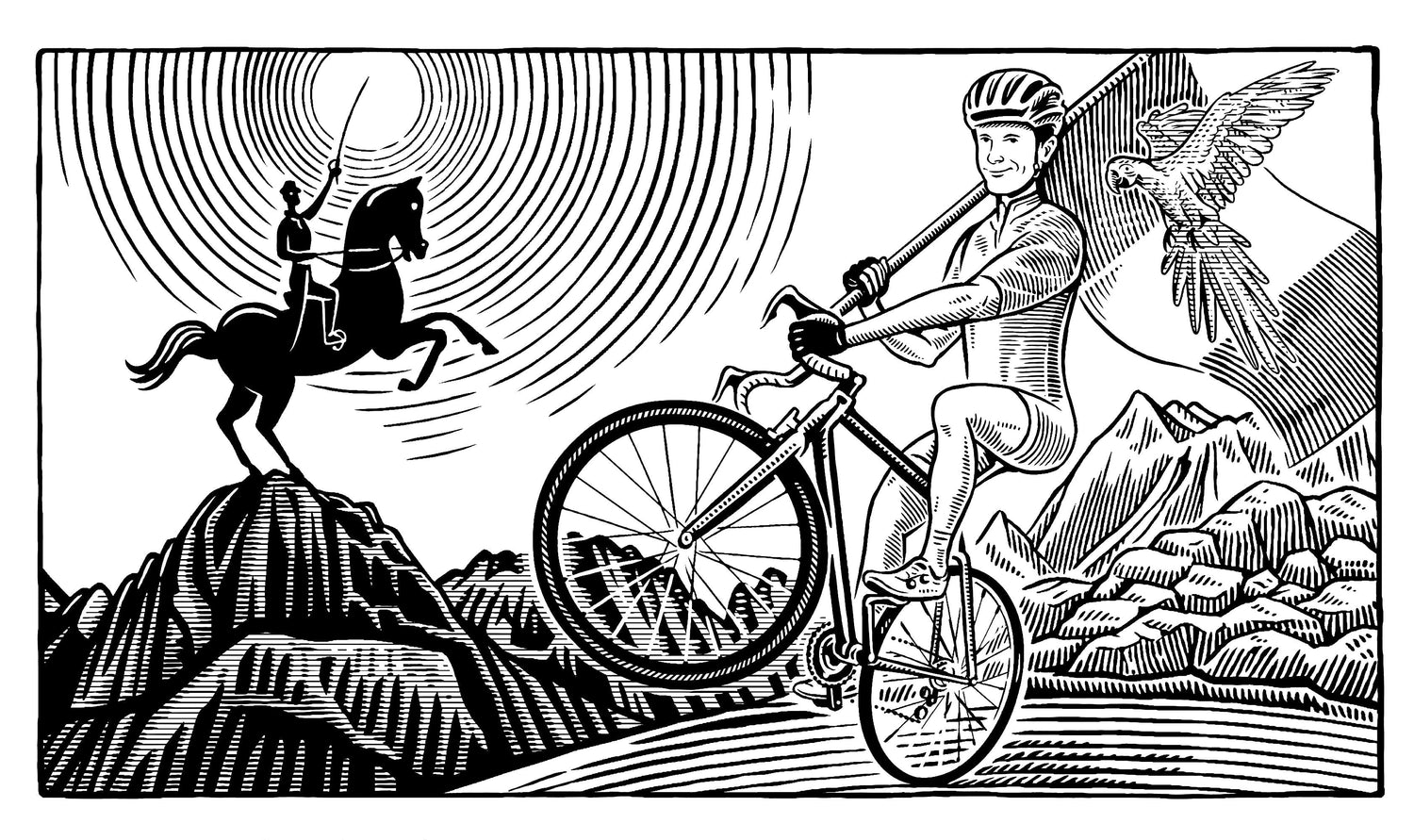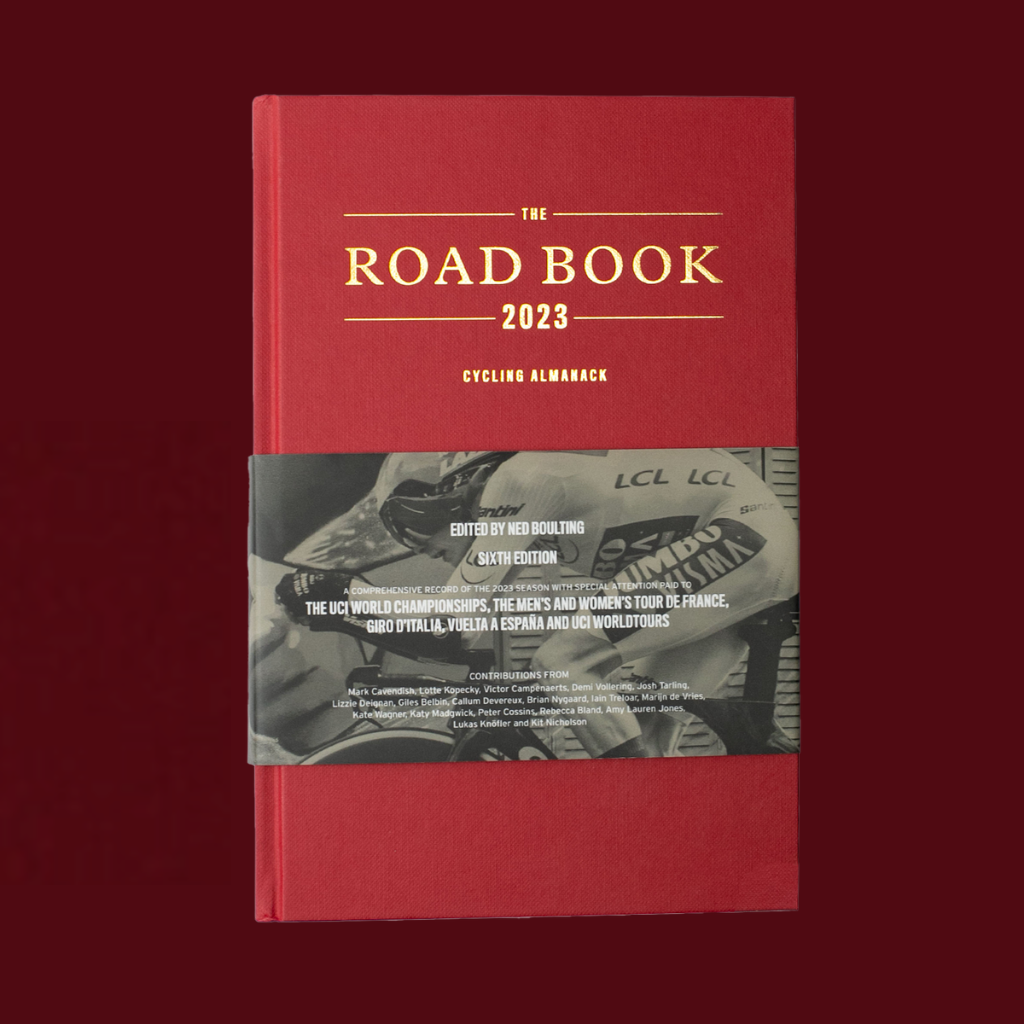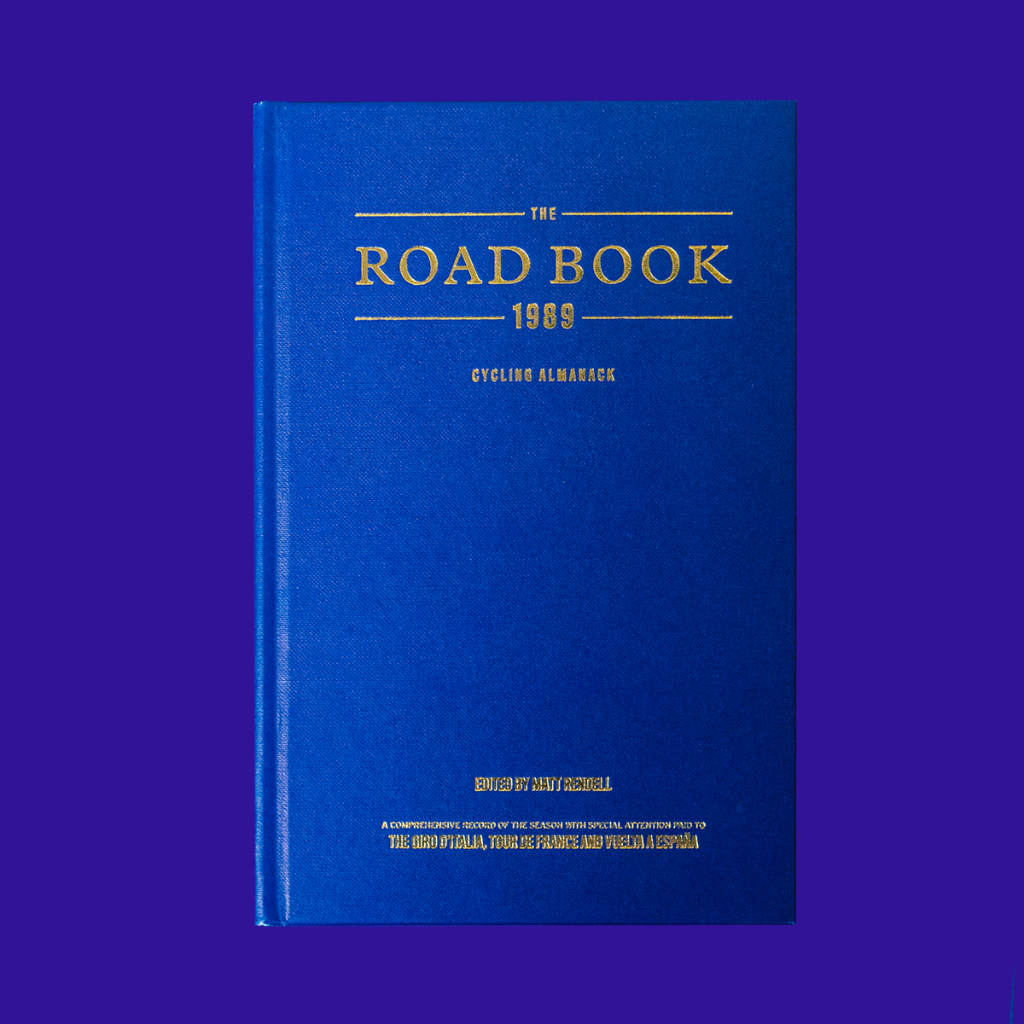Extract from The Road Book 2020 Edition. To read more from Bert Wagendorp and many more incredible contributors, purchase your first edition copy today.
On Sunday 15 March 2020 the Gran Premio de la Patagonia, a not unimportant new road race in the UCI category 1.2, finished in Puerto Montt, a port town in central Chile in the Los Lagos region. That day, the race had also started in Puerto Montt. After 51 years Puerto Montt once again escaped from anonymity, after the city of more than 245,000 inhabitants had made the world news on 4 March 1969. That day the Chilean army burned down illegally built houses, killing 11 people. In the spring of 1970 the left-wing presidential candidate Salvador Allende defeated the incumbent president Eduardo Frei, marking the beginning of a tumultuous process that ended with a coup d’état and Allende’s suicide on 11 September 1973, the death of thousands of his supporters and the takeover by the vindictive dictator Augusto Pinochet.
You will wonder, dear reader, what this has to do with cycling. Not much, but something; I’ll come back to that.
The winner of the first Gran Premio de la Patagonia was the Colombian José Tito Hernández of Team Medellín, born on 8 May 1994 in El Carmen de Viboral, a town near Medellín that enjoys some fame, partly because José Tito Hernández was born there, but above all as a producer of special ceramic products. El Carmen also has a branch of the University of Antioquia. I would like to be able to say that José Tito Hernández obtained his doctorate in philosophy there, but as far as I know this is not the case.
Hernández, like any Colombian, has a second last name, that of his mother. His mother was a Jaramillo and that changes things. The Jaramillos belong to the Colombian cycling aristocracy. Three brothers – Sergio, Fabio and Carlos Jaramillo – raced at the highest levels in the 1980s as part of the first great wave of Colombian talent. Because his name is Jaramillo and he’s still only 25 years old, we can expect a lot from José Tito, especially since he gained so much self-confidence in the Gran Premio de la Patagonia. It was, after all, the final race in the world, before it all shut down.
The silence that descended on the cycling season 2020 at a certain point not only created boredom but also time and emptiness. While under normal circumstances, you rush from race to race without giving yourself the time for deepening understanding, there was now suddenly room for reflection. For questions like: what is the meaning of the Gran Premio de la Patagonia, that wonderful new race along the banks of the Bahia di Puerto Montt? Which riders had all their season, all the hopes they still carried, focused and tuned to the Gran Premio? How was the mood in Puerto Montt now that the racing had finally started?
Place the story of the Gran Premio de la Patagonia into the hands of a novelist and he might turns it – perhaps in the tradition of the great Chilean writer Roberto Bolaño – into a story with six layers, with José Tito Hernández as a tragic protagonist and the race itself as a symbol of the end of time, of the last signs of life before the apocalypse.
——
How do you survive a spring and a summer without races? I didn’t know until it happened. On the original dates of Milan–Sanremo, the Tour of Flanders and Paris–Roubaix, I was still a bit sad sitting in front of the television, perhaps in the hope that some rogue rider hadn’t heeded the race ban and had just started his race anyway. But I got used to the race-free spring; there was no choice. In May it was difficult again, without the Giro. On the Saturday on which the Tour was supposed to start – a Saturday that I’ve counted among the most beautiful Saturdays of the year for many years – I was downright depressed.
The first Saturday of each Tour brings me back to the first Saturday of the 1989 Tour, when I made my debut as Tour reporter for the Dutch newspaper de Volkskrant. The excitement, the expectations, the nervousness, the idea of playing a part in a still unknown story full of miraculous characters – and miraculous they were, that summer. If, as a cycling friend always claims, cycling is a literary genre, then the 1989 Tour was the best post-war novel. The plot, the game of seconds on the Champs-Élysées between LeMond and Fignon, hasn’t been surpassed since. I didn’t yet know, that Saturday afternoon 31 years ago, but the story hung sizzling in the hot air above Luxembourg.
Every year I become the young man I was then, just for one day. But this year that magical Saturday wasn’t there. I wondered if you could just transport it to the end of August, as was the plan. I wasn’t too optimistic – late August is just past the height of summer at its best. Most of the promises made at the end of June and the beginning of July have already been fulfilled; the melancholy of autumn is appearing.
I decided it was time to get myself together. I discovered the beauty of data and race results. They became a source of comfort. If you don’t get the cycling stories delivered, you have to make them yourself, I thought. That’s all there is to it.



